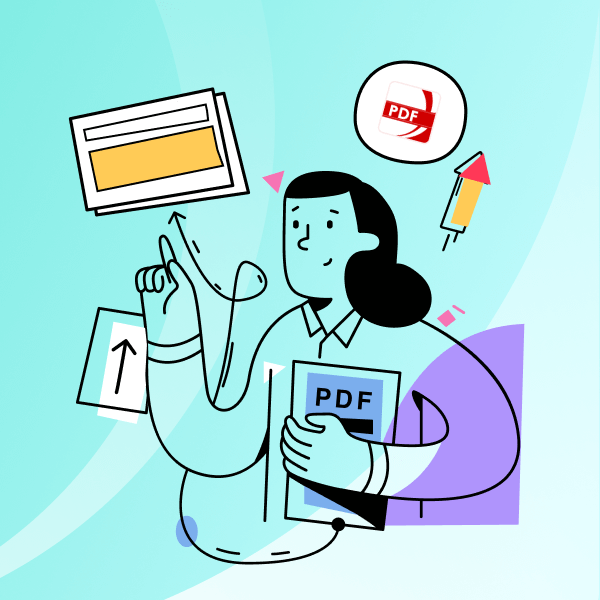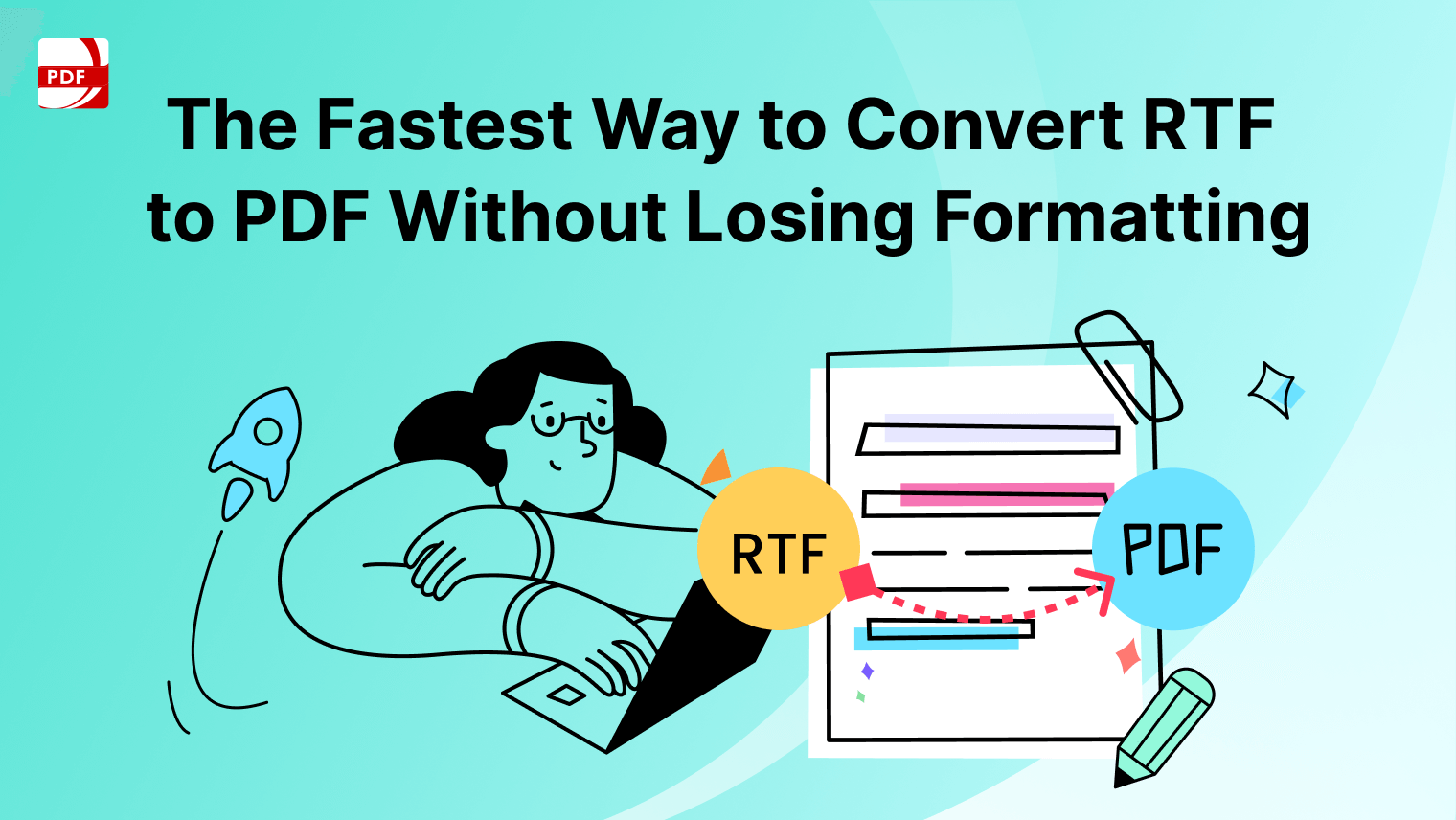Achieving full document control is vital to maintaining quality standards, ensuring regulatory compliance, and preventing unauthorized access.
This guide will explore document control procedures, systems, and strategies to manage your sensitive documents effectively while catering to a wide audience and adhering to industry standards.
Understanding Document Control Elements
Significance of maintaining a master version and full version history
Maintaining a master version and a comprehensive version history is crucial for ensuring the integrity and consistency of documents. This practice prevents unauthorized access, mitigates the risk of using obsolete documents, and supports regulatory compliance by providing an audit trail of all changes.
Key components involved in the document control process:
- Document Control Procedures: Defined steps and rules for managing document life cycles.
- Document Management Systems: Technology used to track, manage, and store documents.
- Approval Process: Systematic steps to review and approve documents before release.
- Document Control Specialists: Professionals responsible for overseeing document control processes.
- Sensitive Documents Handling: Special protocols for managing confidential or sensitive information.
- Regulatory Compliance: Ensuring all documents adhere to industry and legal standards.
- Tools for Document Control: Software and systems used to facilitate the document control process.
- Document Control Management: Overall strategy and management of the document control system.
- Security Protocols: Measures to protect documents from unauthorized access or breaches.
- Audit Trail: Records that capture the history of changes made to a document.
Types of documents:
- Electronic Documents: Digital files stored and managed electronically.
- Critical Documents: Documents essential for operations or compliance.
- Sensitive Documents: Files containing confidential or proprietary information.
- Regulatory Documents: Papers required for regulatory compliance.
- Quality Management Documents: Documents related to quality control and standards.
- Applicable Documents: Files that are relevant and necessary for a particular process or requirement.
- External Documents: Documents that originate outside the organization but are relevant to its operations.
- Obsolete Documents: Outdated documents that are no longer valid or in use.
- Active Documents: Current documents that are in use and regularly accessed.
- Controlled Documents: Files that are subject to document control procedures to ensure accuracy and integrity.
Document Identification
Document identification involves assigning unique identifiers to each document, ensuring easy retrieval and preventing confusion between different versions or similar documents. This step is fundamental in maintaining document integrity and facilitating efficient access.
Explore our picks for the 5 best document management software apps, designed to streamline your workflow and improve efficiency.
Version control, authoring, and copies
Version control, along with stringent authoring and copying protocols, ensures that only the most current and relevant versions are in circulation. This minimizes the risks associated with the distribution of outdated or unauthorized documents.
Starting our day off with a demo of the document control system in ProjecTools!
It always amazing how automated systems can but, but rarely get the focus to make it a reality.
If you don't have a system, you are creating extra work for yourself! pic.twitter.com/UC9x7lLKvj
— 🇺🇸Justin Stephens 🇺🇸 (@jdcstephens) August 2, 2023
Document review, approval routing, and storage
A structured document review and approval routing process ensure that each document is scrutinized and endorsed by authorized personnel. Secure storage, whether in a central repository or a document management system, protects documents from unauthorized access and loss.
Access control and document security
Implementing robust access control and security protocols is essential to guard against unauthorized access and security breaches. These measures include setting permission levels, using password-protected PDFs, and employing document control software.
Retention, disposal, and change control
A defined process for the retention, disposal, and change control of documents is vital for compliance with legal and regulatory standards. This process ensures that documents are kept for the required duration, disposed of securely, and changes are controlled and recorded systematically.

Steps to Start a Document Control System
1. Identify Documents:
- Determining documents for control and their significance: Identify all documents that require control based on their criticality, sensitivity, and regulatory requirements. This includes understanding the types of documents, such as electronic documents, critical documents, and sensitive documents.
2. Establish Quality Standards:
- Setting up operating procedures and requirements: Develop and implement document control procedures that align with quality standards and regulatory compliance. This ensures that all documents adhere to industry standards and best practices.
3. Name Your Documents:
- Effective document identification strategies: Assign unique identifiers to each document. This might involve creating a naming convention that reflects the document types, its purpose, and its version. Document identification is crucial for easy retrieval and tracking.
4. Create Revision Procedures:
- Managing and recording document changes: Establish a clear process for document revisions, including how changes are proposed, reviewed, and approved. This should involve an approval process and maintaining a full version history to track all changes over time.
5. Manage Access:
- Implementing access control and security measures: Control who can view, edit, and distribute documents. Implement security protocols and access management to prevent unauthorized access and ensure that only relevant personnel can interact with sensitive documents.
6. Establish Archiving Procedures:
- Strategies for maintaining or discarding old documents: Decide how long documents should be retained, how they should be archived, and when they should be disposed of. This includes managing obsolete documents and ensuring a secure disposal process to protect sensitive information.
Discover effective strategies for managing document security with our focused guide.
Detailed Document Control Process
1. Creation: Importance and procedure for document creation
- Importance: Creation is the foundational step where documents are drafted in alignment with quality standards and regulatory compliance. It sets the stage for all subsequent processes.
- Procedure: Utilize document control software and tools for document control to create documents that meet the quality management systems and regulatory requirements. Ensure all critical documents undergo this standardized process.
2. Review and Approval: Detailed review and approval mechanisms
- Review: Before finalizing, documents should be subjected to a stringent review process involving document control specialists and stakeholders to ensure accuracy and completeness.
- Approval: Implement an approval process, possibly including electronic signatures, to officially sanction the document. Regulatory agencies often require a documented trail of approvals.
3. Revision: Managing document modifications and records
- Managing Modifications: Use version control and document version control systems to track changes made to documents. This includes updating the document identification for each revision.
- Record Keeping: Maintain a central repository where all previous versions and relevant versions are stored securely against unauthorized access.
4. Replacement: Updating and replacing documents
- Updating: Ensure that the most current versions are easily accessible to prevent the use of outdated or obsolete documents. This might involve automated notifications or a document workflow system.
- Replacing: Have a clear process for phasing out the old versions, including proper disposal of documents, especially for sensitive documents.
5. Publishing: Distribution and access of finalized documents
- Distribution: Utilize document distribution and management platforms to disseminate documents to the intended audience, ensuring efficient access and preventing unauthorized access.
- Access: Control who can view, edit, and distribute the documents using access management and security protocols.
6. Integration of an External Document: Handling and modification of external documents
- Handling: Establish criteria for accepting and incorporating external documents, including a review and approval mechanism similar to internal documents.
- Modification: Ensure that any changes to external documents are clearly documented and go through the same rigorous document control processes as internal documents.
7. Obsoleting: Procedures for removing or archiving obsolete documents
- Removing: Develop a clear set of criteria for when a document should be considered obsolete and a process for its removal from active use.
- Archiving: Instead of outright disposal, some obsolete documents should be archived for future reference or regulatory purposes. Ensure these are stored securely and are accessible only to authorized personnel.

Check out our list of 5 exciting document compressors that are making waves and simplifying file management.
Controlling Document Management System Efficiency
Strategies to avoid unnecessary document sprawl and storage costs
Implementing document control practices, such as proper document creation, distribution, and version control, can significantly reduce unnecessary document sprawl. Utilizing document control software and scalable document control systems can help manage the life cycle of documents efficiently, thus reducing storage costs.
Enhancing searchability and performance through proactive management
Proactive management, including regular document review, updating document control processes, and implementing efficient access and retrieval systems, can enhance the searchability and performance of the document management system.
For Quality Management within a given business, A Document Control system is the foundation where everything is built from. pic.twitter.com/QrvOH1qL7H
— JD Buzzard (@jdbuzzman) June 21, 2023
Tools for document control, such as full-text search or navigate folders and keyword search features, facilitate quick access to relevant documents.
Benefits of an Efficient Control Process
Streamlining access, reducing errors, and operational costs: An efficient document control process streamlines access to documents, minimizes errors in document distribution and usage, and reduces operational costs by avoiding redundancy and obsolete documents.
Enhancing security, compliance, quality control, and client satisfaction: Robust document control ensures security protocols are met, helping to prevent unauthorized access and security breaches.
It also ensures regulatory compliance and adherence to quality standards, leading to improved quality management and increased client satisfaction.
Learn how to manage an electronic document management system efficiently with our practical tips.
Roles and Responsibilities
Defining who is responsible for managing the document control process: Clearly define the roles of document controller, document control specialists, and other stakeholders involved in the document control process. This includes responsibilities for creating, reviewing, proofreading, approving, and maintaining documents.
Document Control Solutions
Overview of tools and methods supporting document control: There are various tools and methods available to support document control, including document control software, electronic document management systems, and paper-based document control systems.
These solutions offer features like revision control, audit logging, security measures, and workflow management to ensure an effective document control process.

What is Document Control Software?
Benefits and features of using document control software
- Version Control: Manage and track document revisions.
- Document Identification: Unique IDs for easy tracking and retrieval.
- Audit Trails: Records of changes, accesses, and updates.
- Regulatory Compliance: Adherence to quality and regulatory standards.
- Security Protocols: Measures to prevent unauthorized access and breaches.
- Tools for Document Control: Features to create, distribute, review, and dispose of documents.
- Streamlined Processes: Improved document management and operational efficiency.
- Informed Decisions: Easy access to relevant and current documents for decision-making.
Importance of centralized, cloud-based management
- Efficient Access: Access documents from anywhere, on any device.
- Real-Time Collaboration: Multiple users can work on documents simultaneously.
- Central Repository: A single source of truth for all document types.
- Scalability: Ability to adapt to growing business needs and regulatory changes.
- Approval Process Simplification: Streamlined workflows for document approvals and updates.
- Document Lifecycle Management: Manage all stages from creation to disposal.
- Security Enhancement: Robust security measures to protect sensitive and critical documents.
- Compliance with Standards: Ensures adherence to ISO, regulatory, and other standards.
Find out how to enhance your document security with our detailed guide.
Download PDF Reader Pro
PDF Reader Pro offers a comprehensive suite of tools crucial for effective document control, including annotation, editing, and encryption functionalities. It supports a wide range of file formats beyond PDFs, enhancing versatility in document management.
With its user-friendly interface and robust security features, PDF Reader Pro aids in maintaining the integrity and confidentiality of your documents, aligning with best practices in document control.
Gaining Document Control
Achieving full document control involves understanding and implementing key components, from efficient document access and version control to regulatory compliance and advanced document control solutions.
It's about creating a seamless workflow that enhances document integrity and aligns with international standards, while leveraging tools to prevent unauthorized access and ensure security.
Essentially, effective document control is about making informed decisions and managing the entire document lifecycle efficiently, ensuring compliance, quality, and secure business operations.









 Free Download
Free Download  Free Download
Free Download 





 Support Chat
Support Chat 